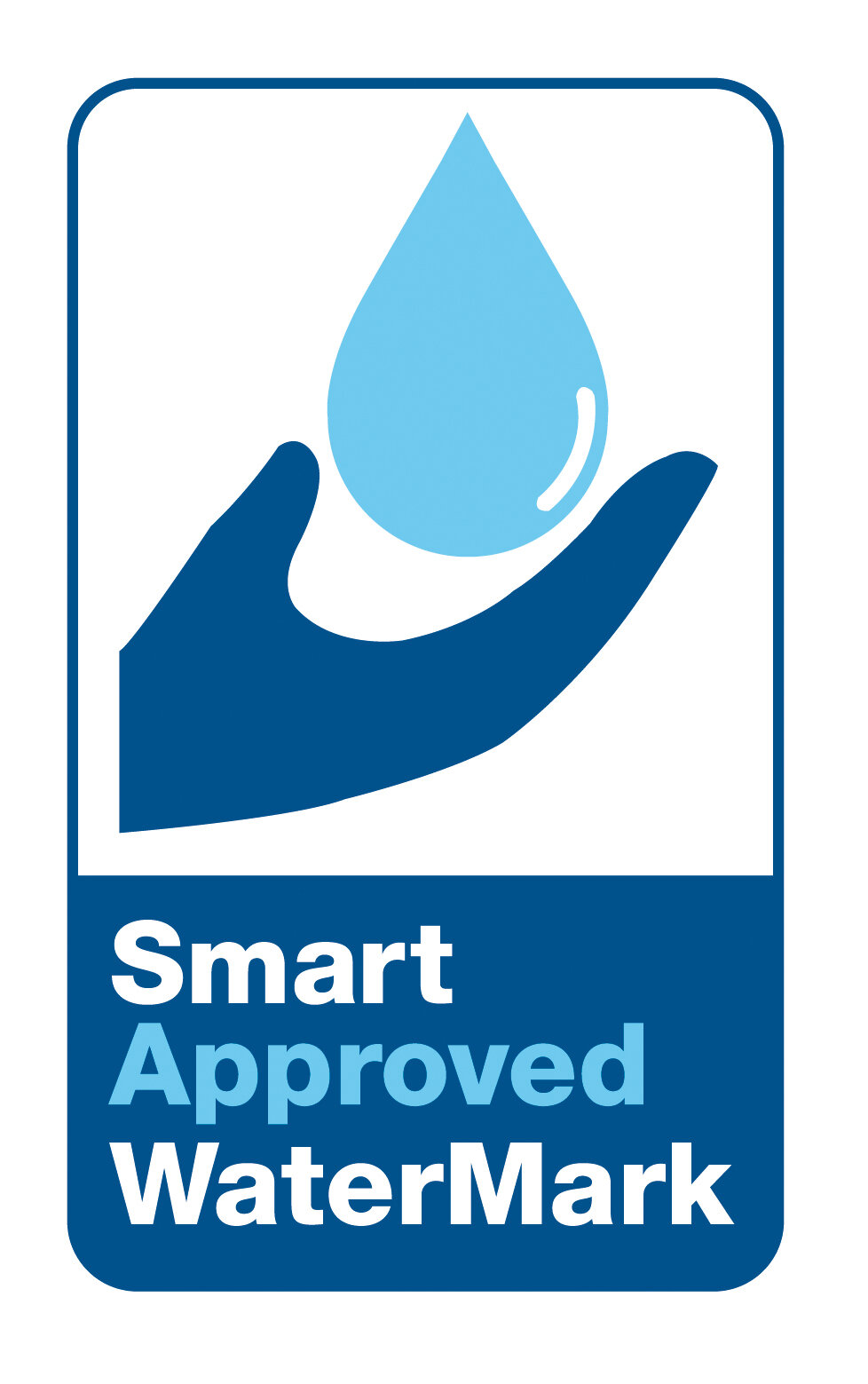Recently, we received the following email from the head of maintenance in a Midwest school district:
Hello,
We’ve been having a heck of a time tracking down and ending sewer gas odors being released in one of our largest schools. We’ve checked just about everywhere. Some of my maintenance staff checked the basement and even crawled into the crawl space below the school. We could not find the source. With Spring Break fast approaching, we want to take care of this before the school reopens. Do you have any suggestions?
My replay is below:
First, I want to say that I am not a plumber; if the problem continues, it may be necessary to call one. But before you do that, consider the following:
Determine if the odors are more prevalent in one area of the building. The plumbing system for a large school can be extremely complicated. Pinpointing where the odors are most prevalent gives us a particularly good starting point.
Next, check to see if there is any floor settling in this problem area. If there is, and it’s a concrete floor, the odors may be coming through the cracks. Also, if there is settling, the floor or the concrete could be pressing against the pipes below. Possibly it has loosened pipe joints and fittings. Pay particular attention to pipes delivering water away from the building to the sewer. Ask your maintenance staff to check the basement and crawl space once again, explicitly looking for settling concrete that might be damaging pipes.
Similarly, check the pipe fittings to drains in the problem area. If lose, these could allow odors to be released. Along with double-checking for water leaks every year, it’s always a good idea to check that the joints are tight as well.
Have you checked the vents atop the school? All plumbing systems require air vents to be installed on the roof of the building. The vent may be covered with debris over the winter months. Plumbers tell us these vents can be blocked for assorted reasons, including wasps and other insects building a home in them.
If the problem persists, and before you call the plumber, I have one more suggestion: EverPrime. Every drainpipe has a “P” or “J” trap below the drain. Here’s what could be happening.
This trap retains water, preventing sewer odors from being released into the building. However, this water can evaporate, and if it is not replenished - meaning no additional water is poured or enters the trap- it allows odors to escape. We see this all the time in school because they are often closed for prolonged periods of time. Check the area that is the key source of the problem. If it is in a room or area of the school that is rarely mopped or the sinks are seldom used, this could be the problem.
Everprime will block the odors, potentially indefinitely. I suggest pouring about a gallon of water down the drains first, then adding about three ounces of EverPrime into each drain. Give it a couple of days and see if this solves the problem. If it does, the school district just saved a lot of plumbing bills, and your schools should open after the Spring break odor free.










